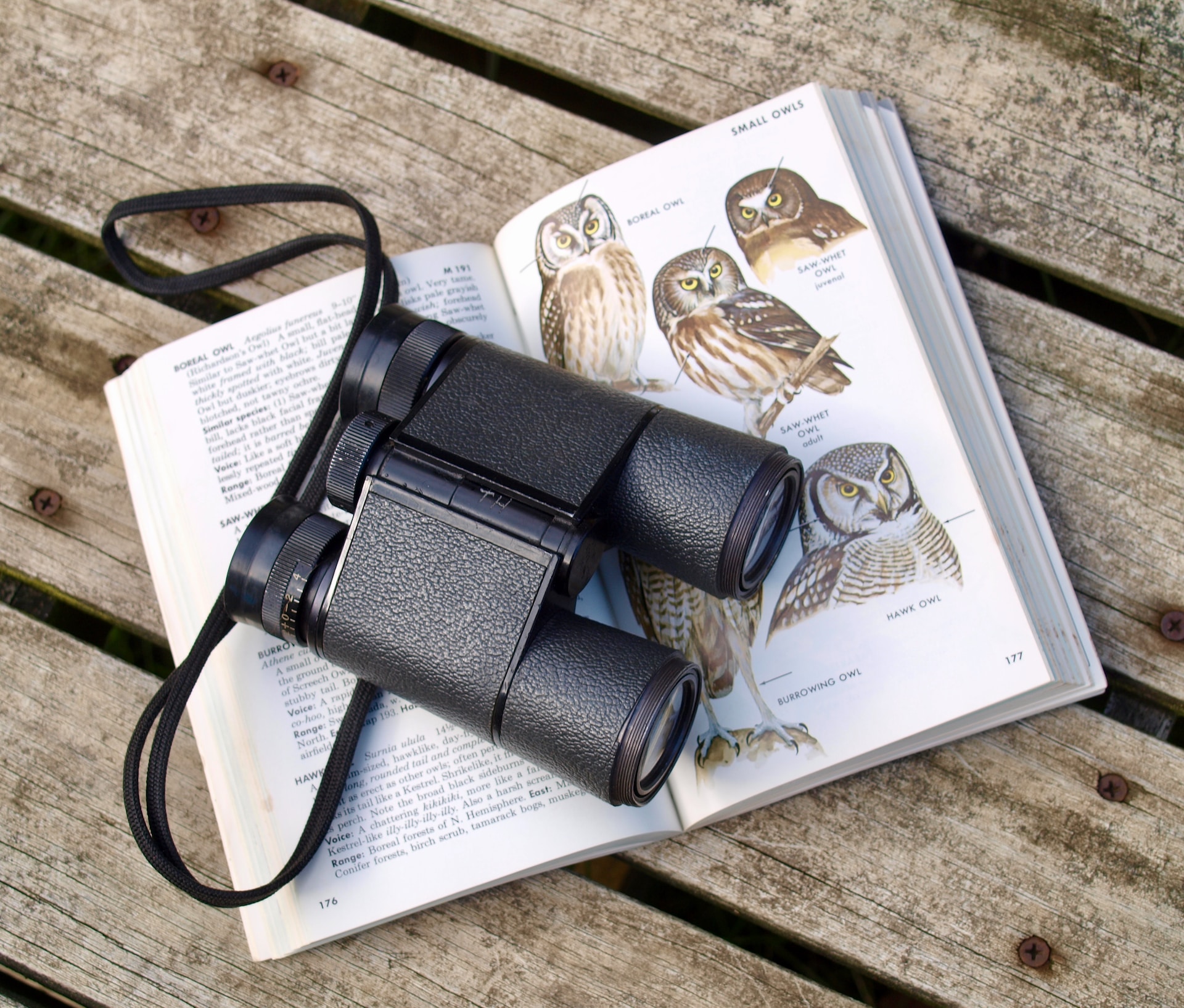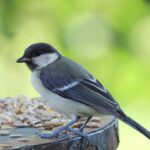Understanding Birdwatching and Its Benefits
Birdwatching, or birding, is more than appreciating the beauty of these winged creatures in flight; in the context of home gardens, it’s about creating a small oasis for a diverse assortment of bird species. It’s a peaceful pastime that, surprisingly, ripples out to have a global ecological impact. While your garden transforms into a haven for these fascinating sociable creatures, the tranquility of observing them contributes to your mental well-being too.
Eco-benefits range from aiding in natural pest control and pollination, to helping maintain biodiversity. On a personal level, birdwatching is proven to ease stress, enhance concentration, and boost overall happiness, as it’s essentially a form of nature therapy.
Getting Started with Birdwatching
The journey into birdwatching is exhilarating, and with the right tools, even more so. Essential items include binoculars for detailed viewing, a field guide to aid in identifying different species, and a camera to document your feathery visitors.
Space is not a constraint for birdhouses; sustainable apartment gardening proves that a little creativity can transform any area into a vibrant space for wildlife. Use hanging planters, window feeders, and even small water bowls to attract birds. Remember, it’s not the size, but the essence of a welcoming habitat that matters.
Adapting Your Garden for Birds
Your garden can be reimagined into a bird sanctuary with some calculated arrangements. Native plants are a great attraction as birds find familiarity with local flora. Including diverse tiers of plants for various feeding levels can cater to different bird species.
Additionally, a water source is something no bird can resist! From a simple birdbath to a bubbling water feature, hydration points will ensure frequent bird visits. In looking into sustainable ways to design such a garden, xeriscaping is an effective approach – it’s a water-wise or drought-tolerant form of gardening that uses local plants requiring low watering to preserve resources.
Birdwatching 101: Identifying and Documenting Birds
Identifying birds in your garden is an exciting pursuit; the color, size, song, and feeding habits can be quite distinctive. Cross-referencing with a field guide will aid in the identification of a myriad of species – it’s a thrill every time you spot a new visitor!
Documenting the diversity in your garden will not only create lifelong memories but can also contribute to citizen science programs that monitor bird populations. A camera for detailed snapshots and a journal for observational notes make for a wonderful birdwatching kit.
Building a Raised Bed for a Sustainable Garden
Creating a raised garden bed is a great way to further enhance your garden’s appeal to birds while minimizing impact on nature. Raised beds are excellent for controlling soil conditions and can provide healthier environments for plants. A healthier garden equals a more attractive space for birds, creating a symbiotic relationship between the flora and the avian visitors.
Tips for Responsible Birdwatching
As a conscious birdwatcher, it’s important to consider the ethical impacts of this hobby. Avoid any activities that could disrupt local bird populations or their natural habits. This includes feeding birds responsibly; choose a diet appropriate for the species and do so sparingly, to avoid dependency.
Additionally, minimize your impact on wild birds by keeping a respectful distance when observing or photographing them. This ensures that their natural behavior is not disrupted, allowing us to appreciate their beauty without causing harm.
Conclusion
Your garden holds the potential to become a serene sanctuary for you and for a plethora of bird species. By practicing birdwatching and gardening sustainably, you can create a delightful oasis, relaxed mind, and contribute positively to wider ecological health, all from the comfort of your home. So why wait? Let the flutter be heard and the flight be observed today!




